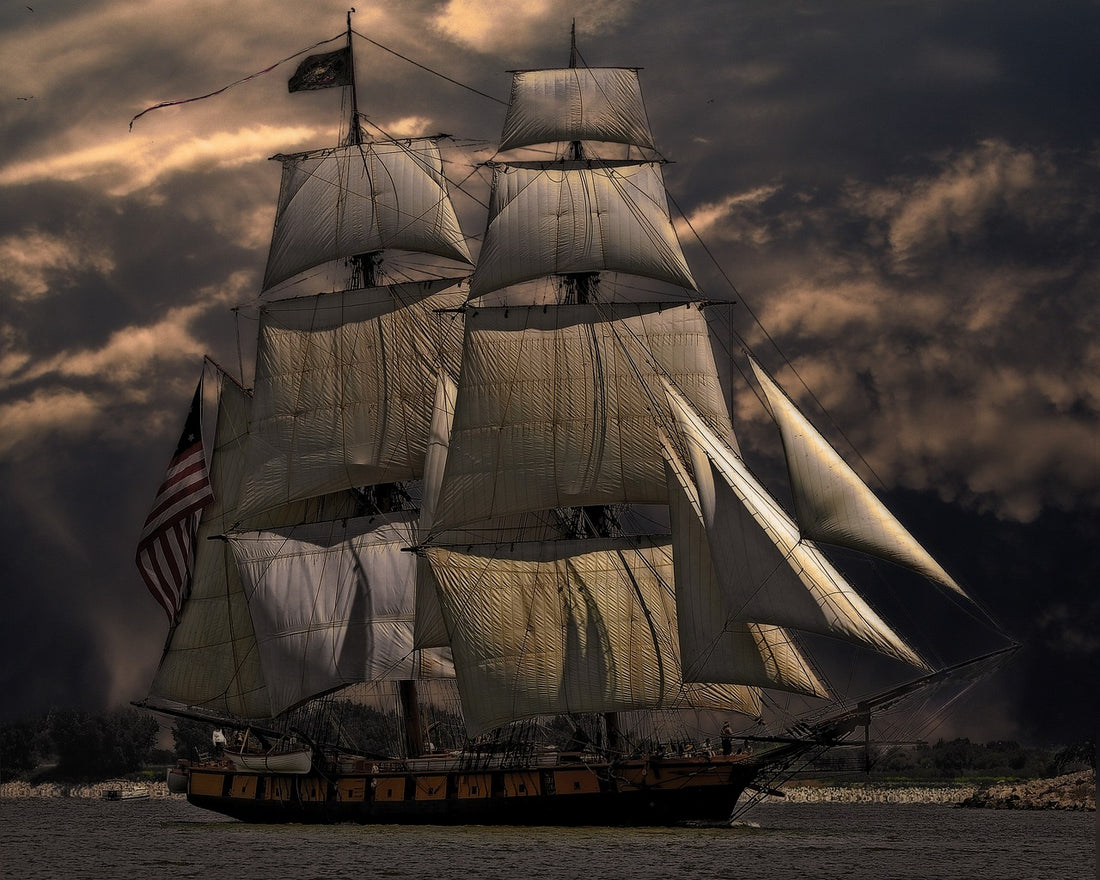
From the East to the West: the popularization of tea thanks to tea clippers
Tea is a popular beverage worldwide, consumed for centuries for its numerous health benefits and delicious taste. But how did this popular product end up in our cups? The history of tea is linked to that of transportation, as it was transported over long distances before arriving at Western ports.
During the 19th century, the demand for tea in Great Britain was on the rise. The British had an obsession with this hot and exotic beverage, but the tea had to be transported over long distances from China and India. The means of transport were slow and inefficient, making the journey difficult and expensive.
"It was at that moment that the tea clippers came into play. These innovative ships allowed for the rapid and efficient transport of tea, paving the way for the era of global trade and modern maritime transport. In this article, we will explore the history of tea clippers and their impact on the world of tea and transportation."
The history of tea clippers
Tea clippers were sailing ships specifically designed to transport tea from Asia to England. They were equipped with tall, slender masts, large sails, a narrow hull, and a lightweight design, which allowed them to sail quickly across the seas.
The first tea clippers were built in Great Britain in the early 1800s, but their design was perfected throughout the 19th century. The ships were often designed to resemble racing boats, as tea companies sought to transport their cargo as quickly as possible to gain a competitive advantage in the market.
The most famous tea clipper was the Cutty Sark, built in 1869. It made many voyages around the world, transporting tea, wool, and other goods. The Cutty Sark won many tea races, even breaking its own record for the return journey from China to England.

The Importance of Tea Clippers
Tea clippers revolutionized the tea industry by allowing producers to transport their cargo more quickly and efficiently. Previously, tea cargoes were transported on slower ships, which meant that the tea often arrived in Britain in poor condition and became cheaper.
With the arrival of tea clippers, transport time was reduced by several weeks, which meant that the tea arrived fresher and of better quality.
Tea clippers also had an impact on the shipping industry as a whole. Their innovative design allowed for a rethinking of ship construction to make them more efficient and faster. The taller masts and larger sails took advantage of the winds to increase the speed of the ships, while the narrower hull and lightweight reduced water resistance.

Technological innovation in transportation has also continued to progress after the era of tea clippers. Steamships and ocean liners began to replace sailing ships, offering even faster speeds and greater transport capacity. Today, we have airplanes, high-speed trains, and electric cars, all equipped with innovative technologies that have transformed the way we travel.
The journey in tea clippers is a fascinating story of technological innovation and exploration. Tea clippers allowed for the faster and more efficient transport of tea, which helped popularize this beverage worldwide. Their innovative design also influenced the shipping industry, paving the way for new technologies and new means of transport.
"Today, we have access to a multitude of modern means of transportation, equipped with cutting-edge technologies that make travel faster, safer, and more comfortable than ever before. However, the history of tea clippers reminds us of the importance of innovation and exploration in the development of new technologies and new means of transportation to meet the ever-evolving needs of travelers around the world."
